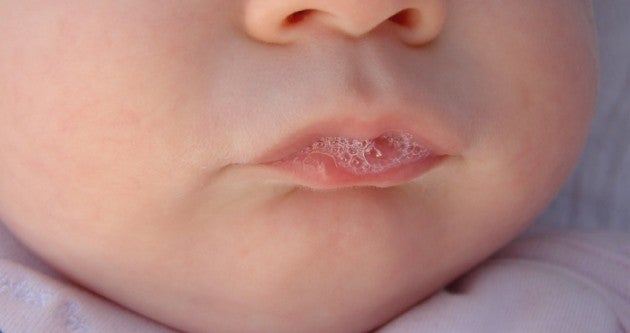How Your Spit Evolved
Rapidly, to account for humans' changing diets, according to a new gene study

Small tweaks on a spit-related gene might have helped our drool to become the viscous, microbe-fighting goop that graces our mouths today. A new genetic analysis offers clues about how saliva evolved in humans and other primates.
Scientists in the United States and Greece investigated a gene called MUC7 in people and other primates. This gene codes for one of the proteins found in saliva that helps lubricate the mouth so we can chew, talk and swallow, as well as trapping harmful bacteria.
Within MUC7, short fragments of DNA get repeated multiple times. The scientists were interested in how these extra genetic instructions, called tandem repeats, might have helped primate species cultivate slobber that helped them adapt to their different diets.
Comparing the genomes of various mammals showed that one chunk of the proteins MUC7 codes for have evolved distinctively in primates. This region of the protein combats fungi, and may have been shaped by the need to counteract a particular fungal menace.
The scientists also saw that, while humans have five or six copies of the repeated DNA fragments, the gene is a little different for other primates. On their MUC7 gene, gorillas carry 4 or 5 strings of repeated DNA, chimps 5, orangutans 6 or 7, and vervets 11 or 12. These small changes likely fine-tune the gooiness and in particular the microbe-catching abilities of saliva for different species.
It’s unusual for members of a single species to have varying numbers of tandem repeats. This diversity in humans and other primates is “fodder for rapid evolution,” wrote the scientists, who published their findings August 25 in Scientific Reports.
In the case of primate drool, the MUC7 gene may have been spurred to change in each species based on what kinds of bacteria the animals kept slurping up. “Tandem repeats may be a major way that many different genes in the genome quickly adapt to their environments,” coauthor Duo Xu of the University at Buffalo said in a statement.
Xu and her coauthors are curious about how else this kind of small adjustment might have helped monkeys and apes become better suited to their habitats. “We anticipate that…repeats similar to the ones of MUC7 will be discovered in other primate genes as targets of species-specific adaptation,” concluded the team.
